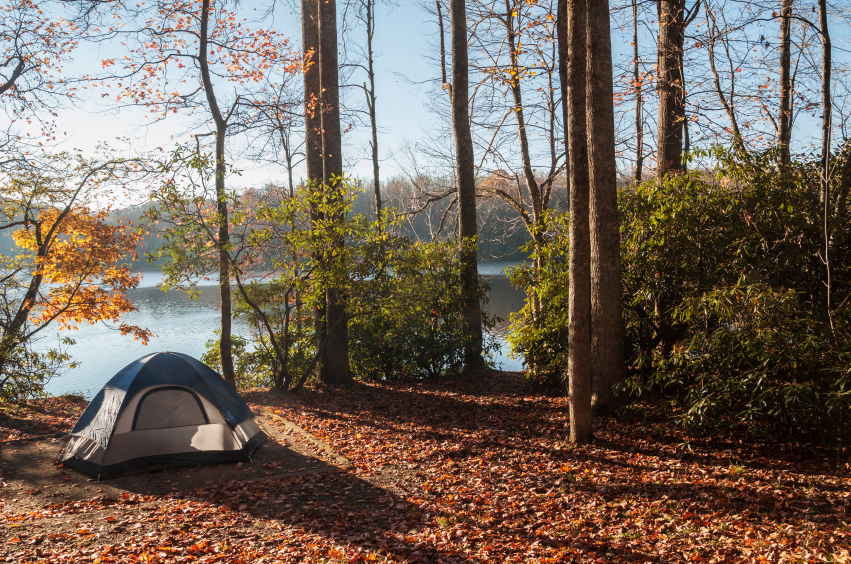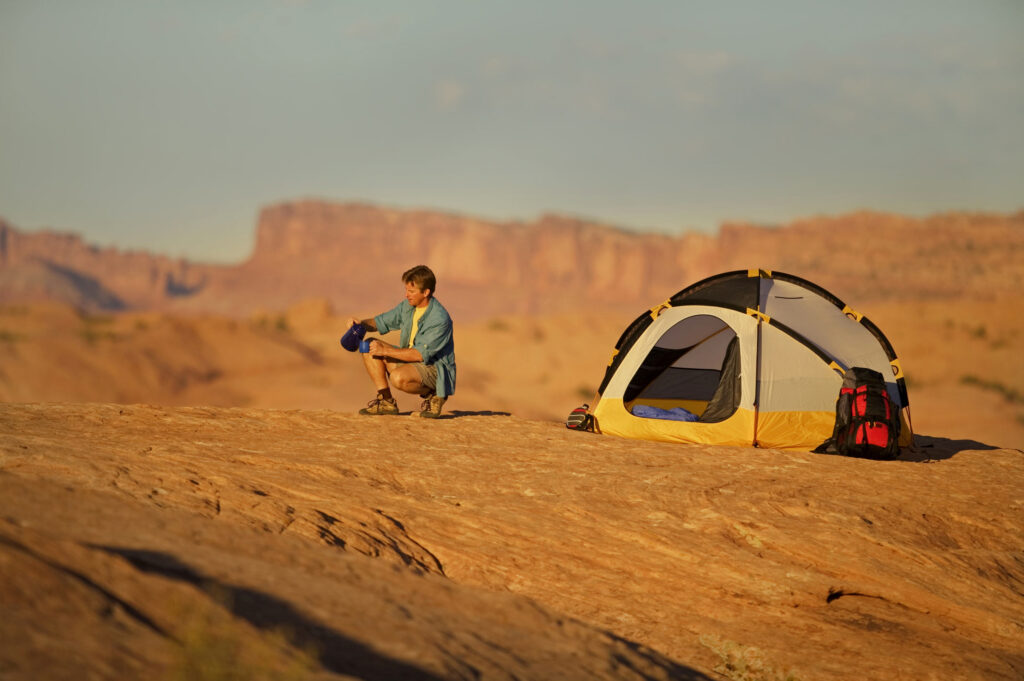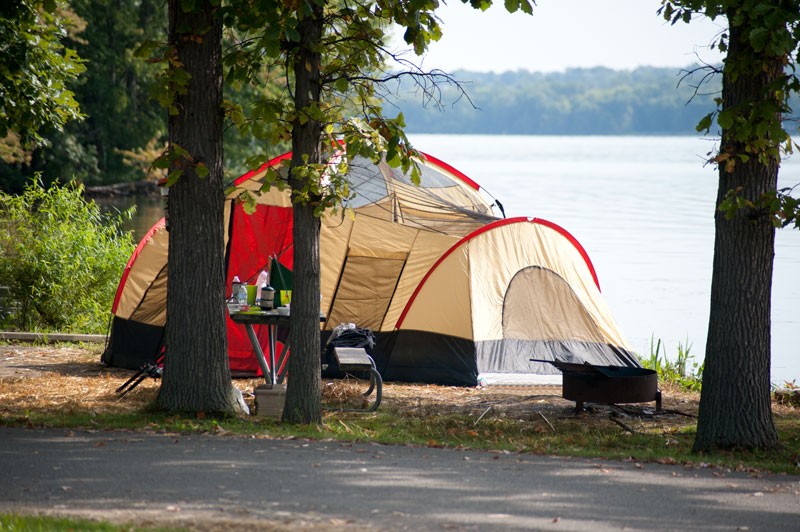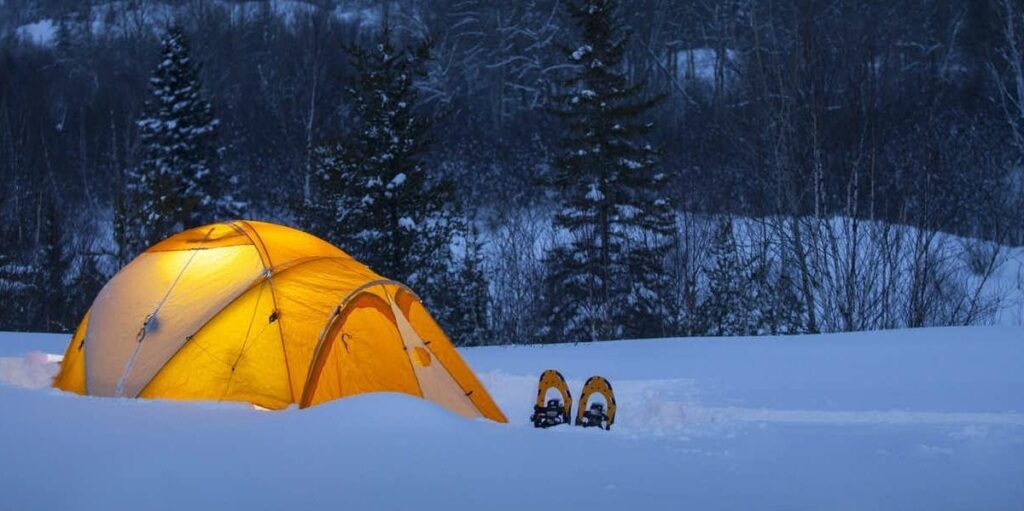Tips For Camping In Rain Forests
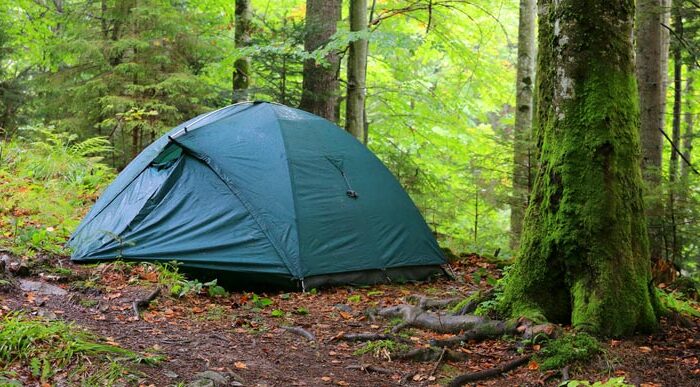
Camping in a rain forest offers a unique adventure filled with lush greenery, exotic wildlife, and the soothing sounds of nature. However, the high humidity, frequent rainfall, and diverse wildlife require special preparation to ensure a safe and comfortable experience. These tips for camping in rain forests will help you make the most of your adventure while staying dry and protected.
1. Choose the Right Camping Gear for Rain Forests
To thrive in a rain forest, it’s crucial to pack gear suited for the wet and humid environment:
-
Waterproof Tent: A high-quality, waterproof tent is a must. Look for one with a rainfly to keep the interior dry. Make sure it has proper ventilation to prevent condensation build-up inside.
-
Moisture-Wicking Clothing: Choose clothing made from moisture-wicking materials such as merino wool or synthetic fabrics. Avoid cotton, as it retains moisture and can cause discomfort.
-
Waterproof Footwear: Waterproof boots are essential for trekking through wet trails and preventing blisters. Consider lightweight, breathable options that are also quick-drying.
-
Rain Gear: Pack a durable rain jacket, pants, and poncho to stay dry when the rain inevitably hits.
2. Stay Dry with Proper Shelter Setup
One of the biggest challenges when camping in rain forests is staying dry. Here’s how to set up your shelter:
-
Site Selection: Choose a campsite on higher ground to avoid flooding. Avoid setting up directly under large trees that may drop heavy branches or water after rain.
-
Tent Setup: Ensure your tent is pitched with the door facing away from the wind. This will help prevent rain from entering the tent and reduce condensation.
-
Tarp or Canopy: Use a tarp or canopy to create additional shelter outside the tent. This provides a dry area to store gear and cook, and can also protect you from the rain when setting up your tent.
3. Pack for Rain Forest-Specific Conditions
Pack essential items to keep you comfortable during a rain forest camping experience:
-
Insect Repellent: Rain forests are home to numerous insects, including mosquitoes. Use an insect repellent with DEET or other effective ingredients to avoid bites and potential illnesses.
-
Lightweight Backpack: Keep your gear light and compact. A waterproof dry bag will help keep your belongings safe from the rain.
-
Portable Water Filter: Rain forest water sources can be abundant, but you should always carry a portable water filter or purification tablets to ensure safe drinking water.
4. Understand the Unique Wildlife and Environment
Rain forests are teeming with wildlife. Here’s what to keep in mind:
-
Wildlife Awareness: Be aware of local wildlife, including snakes, spiders, and large mammals. Keep a safe distance and store food securely to avoid attracting animals to your campsite.
-
Fungi and Mold: The high humidity in rain forests encourages the growth of mold and fungi. Be cautious of touching damp surfaces, and make sure to store your gear in dry, well-ventilated areas.
-
Safety Around Water: If you’re near a river or waterfall, be aware of the potential for fast-moving water during heavy rainfall. Always check weather reports and be cautious of rising water levels.
5. Plan for the Weather
Rain forests are known for their frequent showers, but they also have a warm, humid climate. Here’s how to prepare for the weather:
-
Early Morning Hikes: The mornings are often the driest part of the day, so plan your hikes and outdoor activities early to avoid getting caught in afternoon rain showers.
-
Rainy Day Activities: If it rains, use the opportunity to relax in your tent, enjoy a good book, or observe the wildlife from the safety of your shelter.
-
Stay Warm: While it’s typically warm in rain forests, staying dry is key to avoiding hypothermia. Pack lightweight fleece or wool clothing to stay warm if temperatures drop during the evening.
6. Leave No Trace
The rain forest environment is delicate, so be sure to follow the Leave No Trace principles:
-
Pack Out All Trash: Rain forests are ecologically sensitive. Always pack out all trash and leave no trace of your presence.
-
Stay on Trails: To prevent damaging the vegetation, stay on marked trails and avoid trampling delicate plant life.
-
Respect Local Wildlife: Maintain a safe distance from wildlife and avoid disturbing their natural habitats.

